
Sheet Mask Pioneer Karuna Is Confronting Sheet Mask Saturation By Diversifying Its Skincare Offerings
Kardashians aside, the nature of a trend is to taper off. Sheet mask authority Karuna broke into the beauty market almost a decade ago before the gauzy sheaths were staples of skincare selections at American stores, surged when they became incredibly popular and is now sorting through their saturation. Sheet mask sales continue to rise globally, but Karuna is faced with enormous competition and a critical juncture as it attempts to diversify its merchandise portfolio beyond its signature offering. The brand has launched an AM + PM skincare duo to build upon the expertise it developed in sheet masks to integrate its products into beauty consumers’ daily routines. “I didn’t want to get too caught up in the competition because that makes you lose sight of who you are. It was important to stay true to the brand,” says Karuna founder Linda Wang. “Our focus has always been clean ingredients and making sure we really look at what we put into our formulation.” Beauty Independent chatted with the former American Eagle Outfitters, Wet Seal and Guess buyer about broadening Karuna’s assortment, creating sister brand Avatara, delivering a winning retail pitch, and the highs and lows of participating in a major beauty trend.
How did you originally become aware of sheet masks?
My mom lives in Taiwan, and I traveled back there very often. In about 2006 or 2007, my mom introduced me to sheet masks when I went back to Asia. They offered such a unique application, and they reminded me of a childhood situation I had encountered. I suffer from eczema, and I had a lot of rashes and breakouts when I was growing up that I used to try to hide from my parents. They ended up taking me to a doctor, and the doctor prescribed me an ointment to put on my rash, but he also instructed me to put a plastic wrap around it. I was amazed at how fast it healed when I wrapped the plastic around it.
What did you want in a sheet mask?
While I loved sheet masks, they were really inexpensive in Taiwan. Because I had sensitive skin issues in childhood, I was very conscious about what ingredients should go into formulations. After looking at the masks out there, I couldn’t find one I liked. I started visiting manufacturers out there. I broke down what I wanted into two parts. First, we would make sure the sheet was a natural fiber and gentle on the skin with a great absorption rate. Then, the other component was the serum. We removed harmful ingredients. We have always been clean: paraben-, phthalate- and mineral oil-free. At the same time, the serum had to be potent. You have to make sure you see the difference in your skin. I remember telling a factory that I wanted the serum in the mask to be as concentrated as a bottle of serum in one application.
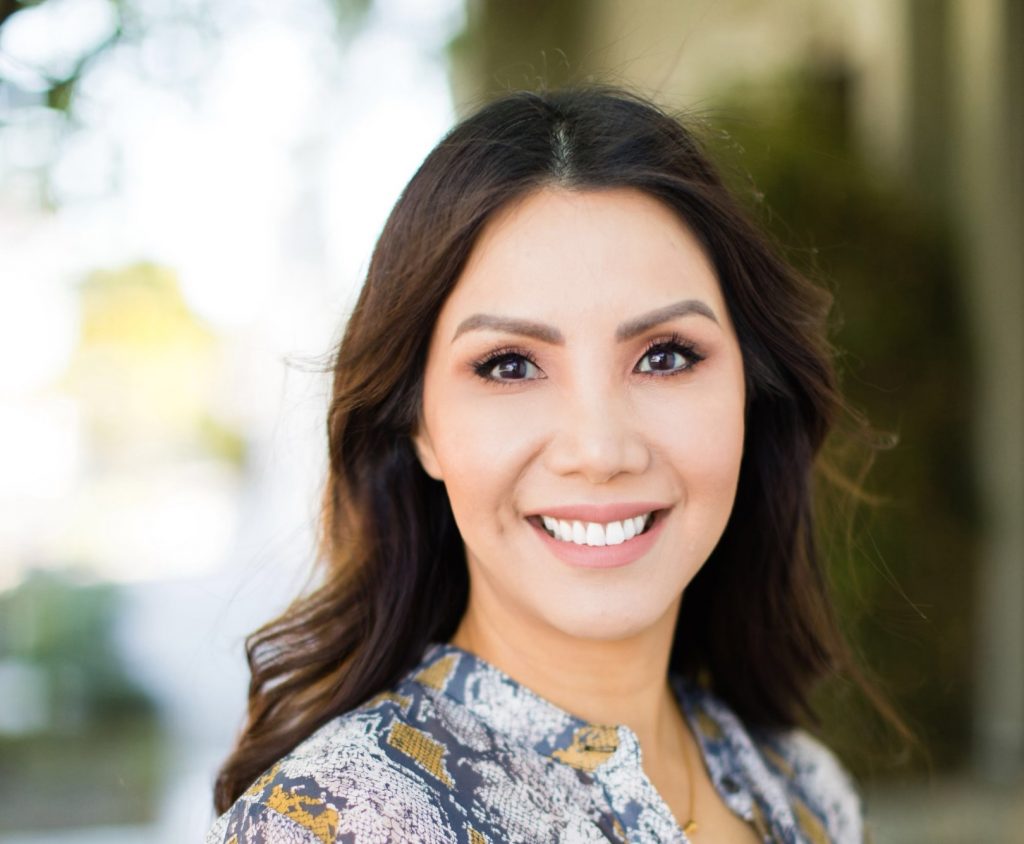
When did Karuna launch and with what?
I launched the brand in July 2009. We are embarking on our 10th year this year. When I first launched, I came out with six sheet masks. All of the names were easy to remember, and they were by skin concern. If you had dehydrated skin, you would look for the hydrating mask. For people looking for antioxidants, we had an antioxidant mask. If you were looking to exfoliate, we had an exfoliating mask. We took the guesswork out of it.
What money did you start the brand with?
When I first launched, I remember telling my father that I was going to leave my six-figure buying job, and he said, “No, I think you’re too young and should go back to work.” I was hoping he would help, but he wanted me to stay in my job or go back to work in another one. I had some money that he had given me, and I used that money for the business. It was less than $500,000. I went against his will and invested it in Karuna. For the first six years of the company, I didn’t pay myself, and I took three consulting jobs so I could save money to grow the business. We are still bootstrapped today. Eventually, my dad invested in the company. It’s myself and my three siblings that are involved in the company. People say that, as an entrepreneur, you do what it takes. There were a lot of moments where I was like, “Oh my God, am I going to turn the corner? Am I going to make it?” It’s a testament to character and patience that we’ve made it. Luckily, because of my buying career, I was able to consult for fashion brands, and that really saved me.
What retailers did Karuna enter in the beginning?
The first years were really difficult, although we got into Fred Segal, Henri Bendel and Bliss. We went into prestigious sought-after retailers because other buyers go there to look for trends and, then, we were able to open more doors later on. What we had was a new application and innovation, and we had to educate the consumer. As a smaller brand, you don’t have the capital to educate the market widely. When the K-Beauty trend happened, that really helped. We didn’t really see that, though, until 2013 or 2014. That’s when it really took a big turn. I remember having a conversation very early on with Sephora when I launched Karuna, and they weren’t ready for it. It wasn’t until 2014 that we partnered with them and rolled out with the sheet mask trend. Sephora did a great job of building awareness of that trend.
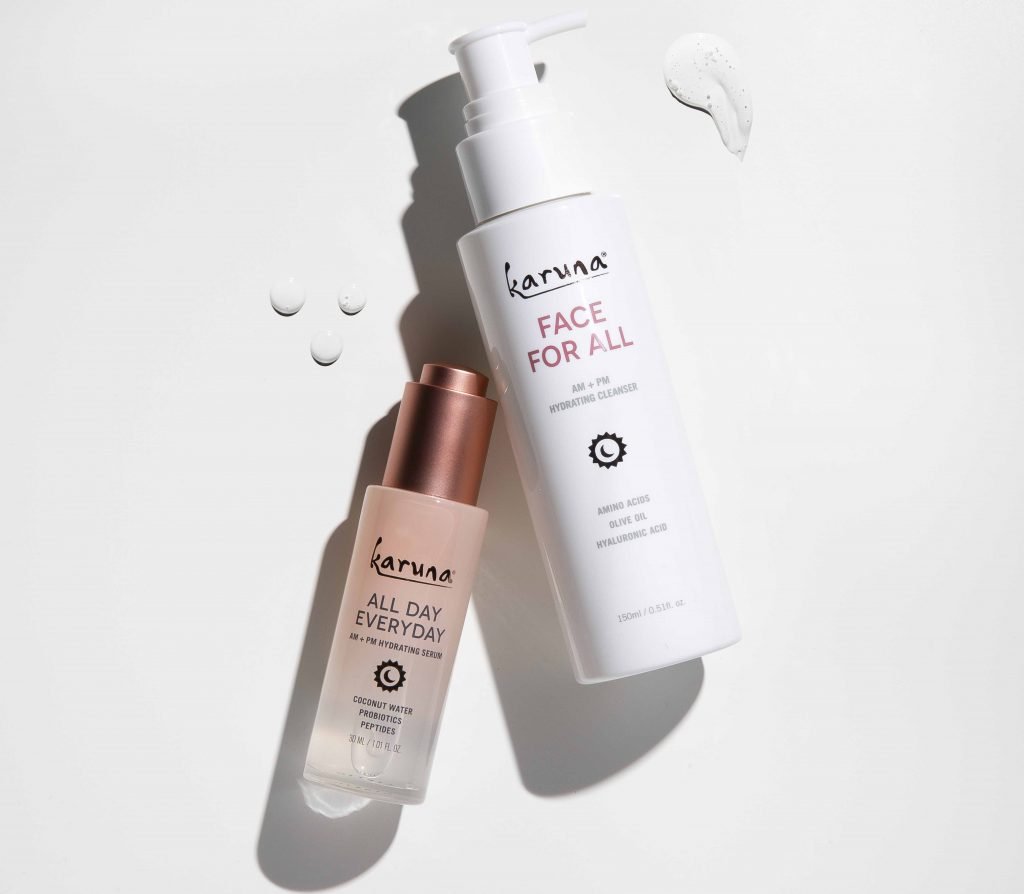
When the K-Beauty trend hit, Karuna’s distribution expanded. What happened?
Our lucky break year was 2013/2014. I was on QVC. Ulta was also tapping into the sheet mask trend, and we were with both Ulta and Sephora. At Ulta, they moved their sheet masks over to masstige instead of prestige, so we are no longer on the floor, but we have a presence on ulta.com.
What does the brand’s retail distribution look like today?
We are in Barneys, Revolve, Dermstore, SkinStore, Dillard’s, Anthropologie and ulta.com. We are rolling out to 20 doors at Lord & Taylor. Internationally, we are in about 200 to 300 doors. We are no longer in Sephora. We exited Sephora at the end of last year. Sephora does a really great job at carrying the trends. Sheet masks were a trend and, then, it went into K-Beauty. Now, they are going more into clean beauty and indie beauty. It’s no longer just focusing on specialized application. When I launched there, it was really great to be a brand that did one thing well, but their strategy changed, and they needed to make room for more new brands.
How do you harness your knowledge as a former retail buyer to win over buyers?
When I initially started the conversation with Sephora, I had done my homework. They had the Beauty On The Fly bins that were doing a great deal of business. Because of my experience, I could see where they were putting investment as a retailer, and I saw those bins gaining in square footage. So, when I had the conversation with Sephora, I proposed a single SKU they could break out for the grab-and-go section. It’s about creating a curated assortment for retailers. They don’t have to bring in every SKU. They only have to bring in a collection that works for them. They can let us know their demographic, and we can curate something that works for them.
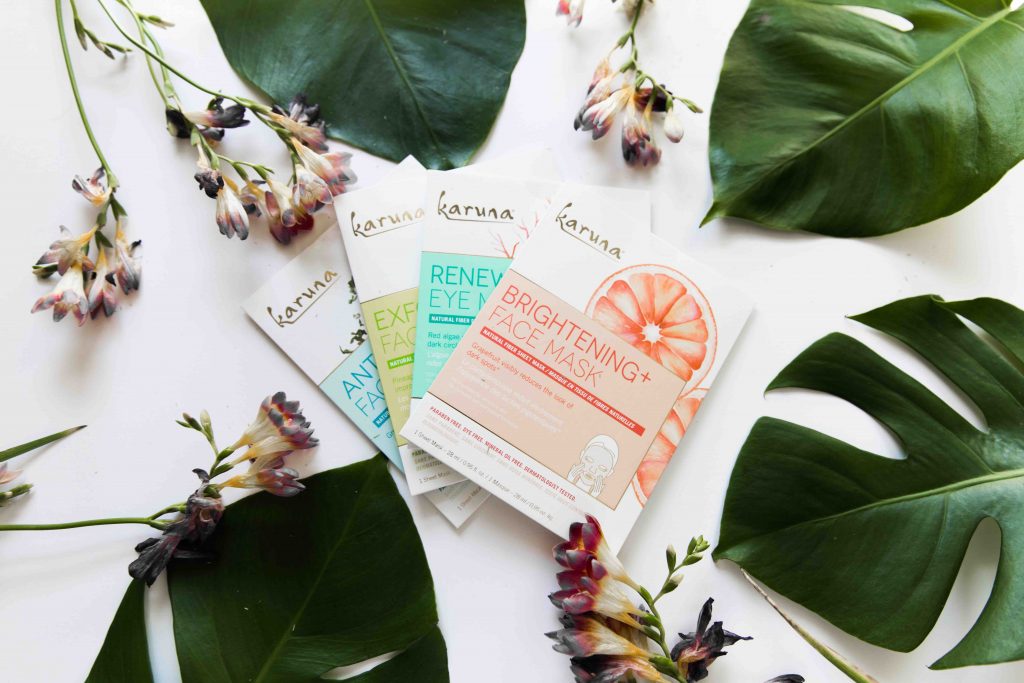
Karuna has introduced an AM + PM skincare collection. What’s that about?
It includes a hydrating serum-infused cleanser and also an everyday lightweight serum. We call it AM + PM because it’s versatile. You can use it AM and PM, and it’s very easy. It simplifies your routine. Hydration is core to achieving great skin. We want to create a product that helps you hydrate your skin and doesn’t strip it. At Karuna, we’ve always been clean, and we remove harmful ingredients. We took it a step further. It’s clean plus. What that means is that, in addition to already having clean ingredients, we’ve removed synthetic fragrances and dyes to make it as clean as possible.
Before, because we specialized in sheet masks, we tended to be merchandised in grab-and-go sections. With the AM + PM skincare, we really want to have our products merchandised in a dedicated area, so it looks more branded. In the past, our customers would tell us they would use the leftover serum from the mask for the next day. We know how much our customers love our serum, so it was time to transition to give her everyday skincare. It’s been years in the making to make sure the formulation is right. We will have a lot of exciting launches in June and August to build out this new message of everyday skincare and Karuna being more of a lifestyle brand.
Karuna has a sister brand called Avatara. How did it come to be?
Having been a buyer, I understand that trends filter down. I’ve been trained to think that way. When I first launched Karuna, I always had in my mind that, when the time was right, I would launch a sister brand. I knew the sheet mask trend would filter down. Why not capture that myself versus give it away when we had the resources to do it? The rollout of the Avatara brand to stores was in 2017, but, behind the scenes, we were putting together the branding, assortment and formulation in 2016.
Avatara is a less expensive brand. The masks cost $3. Karuna masks are $8, and they are packaged in four for $28. Avatara has hydrogel lip masks and bubble masks. It’s skincare playtime. Target is known as being a leader in the mass market, and you don’t really feel like you’re shopping in mass when you’re there. That was the one retailer I had in mind that I wanted to present Avatara to and, then, it happened. We are continuing to build that business, but our team is small, and a lot of our time is focused on Karuna. However, we try to focus on Avatara as well.
What are the customer demographics of the two brands?
Our Karuna customer is an older millennial. They are 30 to 40. She’s a working mom and very busy. She juggles a lot. She looks for easy, fast, great clean skincare. Avatara has become a different customer than we thought it was. It’s because of the retail environment we are in with it. We think she’s 14 to 25 and is looking for fun skincare that doesn’t break the bank, and she wants to try newness all the time. Beauty is a social moment for her. At Target, we get an older demographic. She’s in her mid-40s to 50s, and is shopping for her family at Target and grabbing fun skincare for herself.

What do you expect for sales from Avatara and Karuna this year?
We are hoping to hit $4.5 million to $5 million with the two brands.
Have you taken on outside investment?
Right now, we have a capital partner who’s a lender. I’m always having conversations with investors. The goal is to make sure we find the right equity partner who can help us continue to grow. It’s just about finding the right partner.
What changes have you made that helped move Karuna forward?
We have done a couple of repackagings. About two years ago, we decided to repackage to stay relevant. We changed our font type and made the product name really big. You can’t miss it if you are across the room. I wanted to make sure it was very visible and eye-catching. We added ingredients in water colors on the front of our packaging. We have always been told that our packaging was so pretty. It had beautiful pastel colors, but it looked like stationery. We wanted to stay true to the sophistication, but, at the same time, make sure that it retails, people could see it and the message is clear.
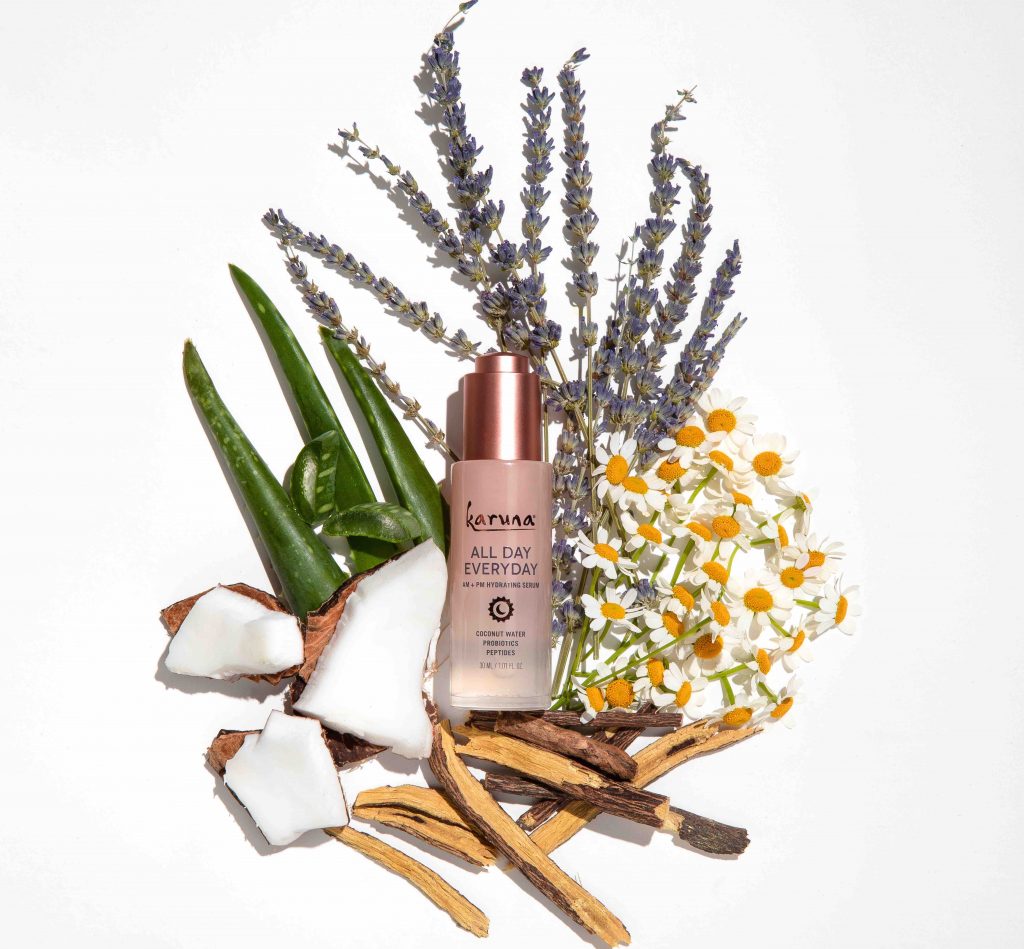
Have you had a product not perform as well as you anticipated?
We came out with a Melting Boost collection a few years back. We always bring innovation to the table. The innovation with Melting Boost was that it came in a dry form in a film. They come in little dots, and there’s one for pimples, one for age spots and one for under-eye circles. When you placed the film underneath your sheet mask, it doubled down on the ingredients. You could spot treat trouble areas. We really thought it was going to take off. What I realized is that it is more of an accessory item. If you have to choose between a sheet mask or a Melting Boost, you would spend on the sheet mask and forget about the accessory.
What are your thoughts on the persistence of the K-Beauty trend and, more generally, interest in Asian beauty?
It’s starting to tail off a little bit, but I think the fascination is going to continue to be there. Asian women are known for taking great care of their skin, and there are always going to be innovations coming out. In beauty, we can’t seem to get enough. Personally, I want to try everything. Then, I end up with 10 different moisturizers and eye creams. But I do think the K-Beauty routine of so many steps will wind down. People want to simplify. We don’t have all the time in the world.
What are short- and long-goals for Karuna?
The short-term goal is not taking away from our existing customers and their love for sheet masks, but introducing them to more options. They love our masks so much and use them once or twice a week, and we want them to use our products every day. Our long-term goal is to expand the assortment even more. I would love to see brand buildouts in retail spaces where we have multiple SKUs together versus being in different bins. For Avatara, I want the same thing, to create a very impactful display that’s more branded. For both brands, I always want to stay current and adapt to new trends to make sure we’re in line with what’s happening in beauty.




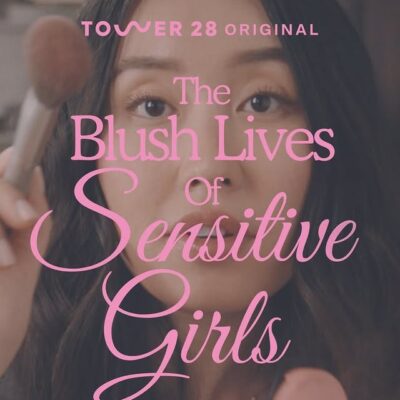
Leave a Reply
You must be logged in to post a comment.